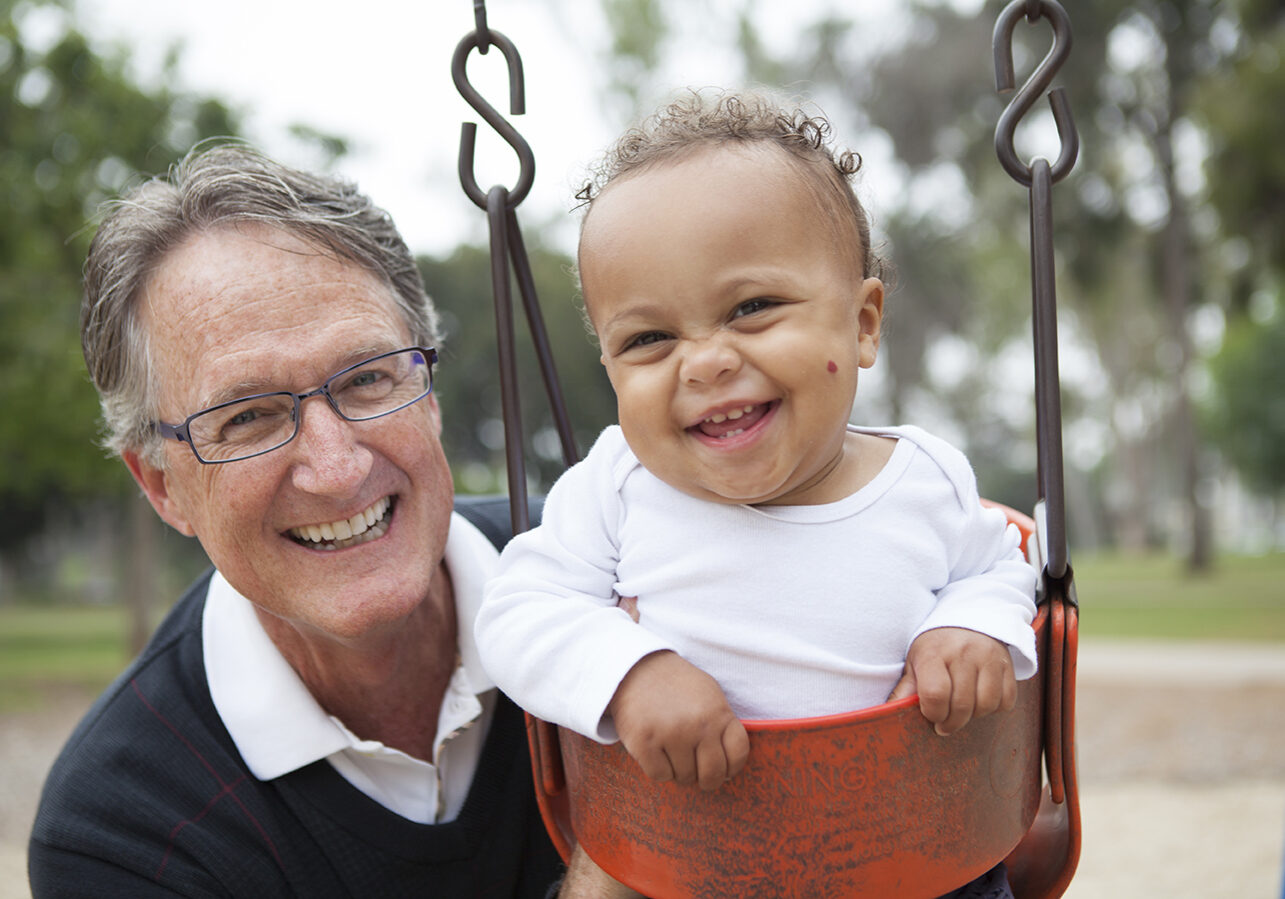The Federal Child Abuse Prevention and Treatment Act (CAPTA) (42 U.S.C.A. § 5106g), as amended by the CAPTA Reauthorization Act of 2010, defines child abuse and neglect as, at minimum:
- “Any recent act or failure to act on the part of a parent or caretaker which results in death, serious physical or emotional harm, sexual abuse or exploitation”; or
- “An act or failure to act which presents an imminent risk of serious harm.”
According to the CDC, there are four common types of abuse and neglect:
- Physical abuse is the intentional use of physical force that can result in physical injury. Examples include hitting, kicking, shaking, burning, or other shows of force against a child.
- Sexual abuse involves pressuring or forcing a child to engage in sexual acts. It includes behaviors such as fondling, penetration, and exposing a child to other sexual activities.
- Emotional abuse refers to behaviors that harm a child’s self-worth or emotional well-being. Examples include name-calling, shaming, rejection, withholding love, and threatening.
- Neglect is the failure to meet a child’s basic physical and emotional needs. These needs include housing, food, clothing, education, and access to medical care.
Each of these types of abuse and neglect are among the traumatic events that occur in childhood which are considered Adverse Childhood Experiences (ACEs), along with other types of household dysfunction that many children in foster care experience such as substance abuse and domestic violence in the home. The presence of trauma in a child's life directly impacts their brain development and long-term health.
Thankfully, research shows that having a stable relationship with a supportive adult can help children do well, even when they have faced significant hardships. (5) For many children in foster care, that caring adult is their CASA volunteer.
National Child Abuse Statistics
- In 2017, 9 out of every 1,000 U.S. children were determined to be victims of abuse or neglect. (1)
- In 2019, approximately 4.4 million referrals were made to child protective services concerning the safety and well-being of approximately 7.9 million children. (4)
- Of those children, approximately 656,000 were found to be victims of child abuse or neglect. (4)
- 7% were under the age of 1, and 76.7% were 5 years or younger.
- Some children experience just one form of maltreatment while others experience multiple types of maltreatment. 61% of victims experience neglect on its own; 10.3% experience physical abuse on its own, 7.2% experience sexual abuse on its own; and 15.5% experienced two or more types of maltreatment.
- An estimated 1,840 children died as a result of child abuse or neglect in 2019. More than 70% of children who died were under the age of 3. (4)
- In recent years, approximately 20% of reports made to child protective services were made by education personnel. (4)
San Diego County Child Abuse Statistics
- In fiscal year 2019-2020 in San Diego County, approximately 38,500 referrals were made to the child abuse hotline concerning the safety and well-being of 44,500 children. (3)
- Of those children, approximately 1,200 entered the foster care system. (2, 3)
- In fiscal year 2019-2020, 62% of children in foster care in San Diego County were 5 years or younger (2)
Riverside County Child Abuse Statistics
- In 2018 in Riverside County, there were approximately 40,500 reports of child abuse or neglect. (6)
- Of those children, approximately 5,100 were found to be victims of child abuse or neglect. (6)
- In 2020, 52% of children who entered foster care in Riverside County were 5 years old or younger. (7)

You can help.
Children who have experienced abuse and neglect need a caring and consistent adult in their lives. Learn how you can give a child a voice.
Additional Resources
U.S. Department of Health and Human Services Administration for Child Welfare
Administration for Children and Families
The Childhelp National Child Abuse Hotline; 1-800-4-A-CHILD (4453)
Sources: (1) National CASA Association (2) Voices for Children (3) San Diego Health & Human Services Agency Child Welfare Services; https://www.sandiegocounty.gov/content/sdc/hhsa/programs/cs/child_welfare_services.html (4) Administration for Child and Families Children’s Bureau, Child Maltreatment reports; https://www.acf.hhs.gov/cb/data-research/child-maltreatment (5) Harvard Center on the Developing Child; https://developingchild.harvard.edu/science/key-concepts/resilience/ (6) KidsData (7) University of California at Berkeley Child Welfare Indicators Project
